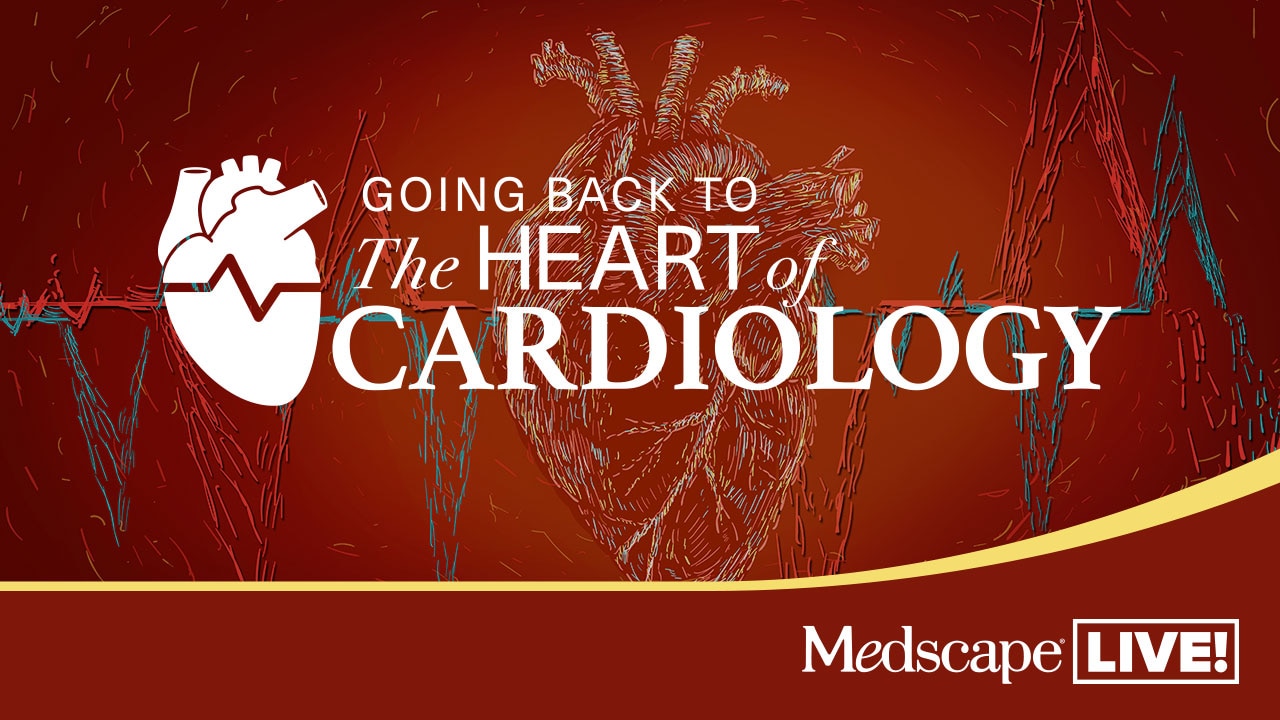Abstract and Introduction
Abstract
Angina pectoris may arise from obstructive coronary artery disease (CAD) or in the absence of significant CAD (ischemia with nonobstructed coronary arteries [INOCA]). Therapeutic strategies for patients with angina and obstructive CAD focus on reducing cardiovascular events and relieving symptoms, whereas in INOCA the focus shifts toward managing functional alterations of the coronary circulation. In obstructive CAD, coronary revascularization might improve angina status, although a significant percentage of patients present angina persistence or recurrence, suggesting the presence of functional mechanisms along with epicardial CAD. In patients with INOCA, performing a precise endotype diagnosis is crucial to allow a tailored therapy targeted toward the specific pathogenic mechanism. In this expert opinion paper, we review the evidence for the management of angina, highlighting the complementary role of coronary revascularization, optimal medical therapy, and lifestyle interventions and underscoring the importance of a personalized approach that targets the underlying pathobiology.
Introduction
Angina pectoris is the most common symptom of ischemic heart disease (IHD), affecting >100 million people worldwide.[1] The primary mechanism underlying angina is a mismatch between myocardial oxygen demand and supply, originating from the presence of an obstructive epicardial coronary artery disease (CAD) or even in the absence of significant epicardial CAD (ischemia with nonobstructed coronary arteries [INOCA]).[2]
Obstructive CAD is characterized by significant coronary artery stenosis, typically defined as an angiographic reduction in the luminal diameter of 50% or more, although this threshold may vary, particularly when evaluating the left main (LM) coronary artery or incorporating functional assessments such as fractional flow reserve (FFR) or instantaneous wave-free ratio.[3] However, up to 50% of patients undergoing coronary angiography for angina or myocardial ischemia may have unobstructed coronary arteries. INOCA encompasses a heterogeneous group of disorders, including coronary microvascular dysfunction (CMD) and vasospastic angina (VSA), where ischemia occurs without significant epicardial stenoses seen on coronary angiography.[4]
Distinguishing between obstructive CAD and INOCA represents a significant clinical challenge because they may present with similar symptoms, yet each necessitates distinct diagnostic approaches and therapeutic strategies. At the same time, both require the same intensive interventions on risk factors, especially when obstructive CAD and functional disorders coexist within the same patient. For obstructive CAD, treatment involves a combination of lifestyle modifications promoting a healthy diet and regular physical exercise, cardiovascular (CV) prevention targeting traditional and emerging risk factors, and symptom control; revascularization procedures should be reserved for specific subsets of patients.[5] In INOCA, the focus shifts toward the management of multiple functional alterations of coronary circulation encompassing both epicardial arteries and microcirculation, along with risk factor control and secondary preventive measures.[6]
This review offers a comprehensive analysis of the current landscape of antianginal therapy for stable IHD, with a specific focus on the most recent evidence regarding the management of obstructive CAD and INOCA. In addition, it provides a patient-centered, evidencebased approach to patients presenting with angina symptoms, highlighting the importance of tailoring treatments based on individual patient mechanisms of disease.
J Am Coll Cardiol © 2024






